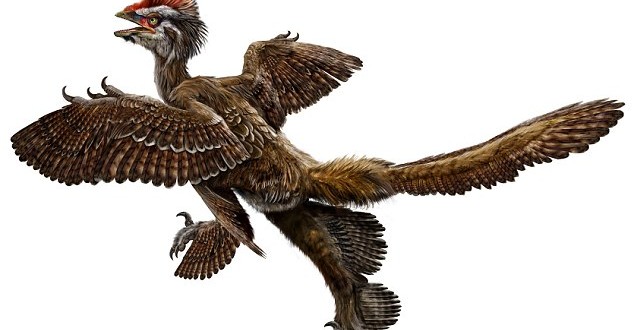Massive meat-eating ground-dwelling dinosaurs shrunk over 50 million years and evolved into agile flying birds, according to new research from the University of Southampton.
Scientists there have presented in the journal Science a detailed family tree of dinosaurs and their bird descendants, which maps out the evolutionary transformation.
The study examined over 1,500 anatomical traits of dinosaurs to reconstruct their family tree.
The researchers used sophisticated mathematical modelling to trace evolving adaptations and changing body size over time and across dinosaur branches.
“These bird ancestors also evolved new adaptations, such as feathers, wishbones and wings, four times faster than other dinosaurs,” co-author Darren Naish, a vertebrate palaeontologist at the University of Southampton in Britain noted.
“Being smaller and lighter in the land of giants, with rapidly evolving anatomical adaptations, provided these bird ancestors with new ecological opportunities, such as the ability to climb trees, glide and fly,” Lee said.
“Ultimately, this evolutionary flexibility helped birds survive the deadly meteorite impact which killed off all their dinosaurian cousins,” Lee added.
The study that appeared in the journal Science concluded that dinosaur species that evolved into birds were more evolutionarily innovative than other dinosaurs.
Agencies/Canadajournal
 Canada Journal – News of the World Articles and videos to bring you the biggest Canadian news stories from across the country every day
Canada Journal – News of the World Articles and videos to bring you the biggest Canadian news stories from across the country every day



